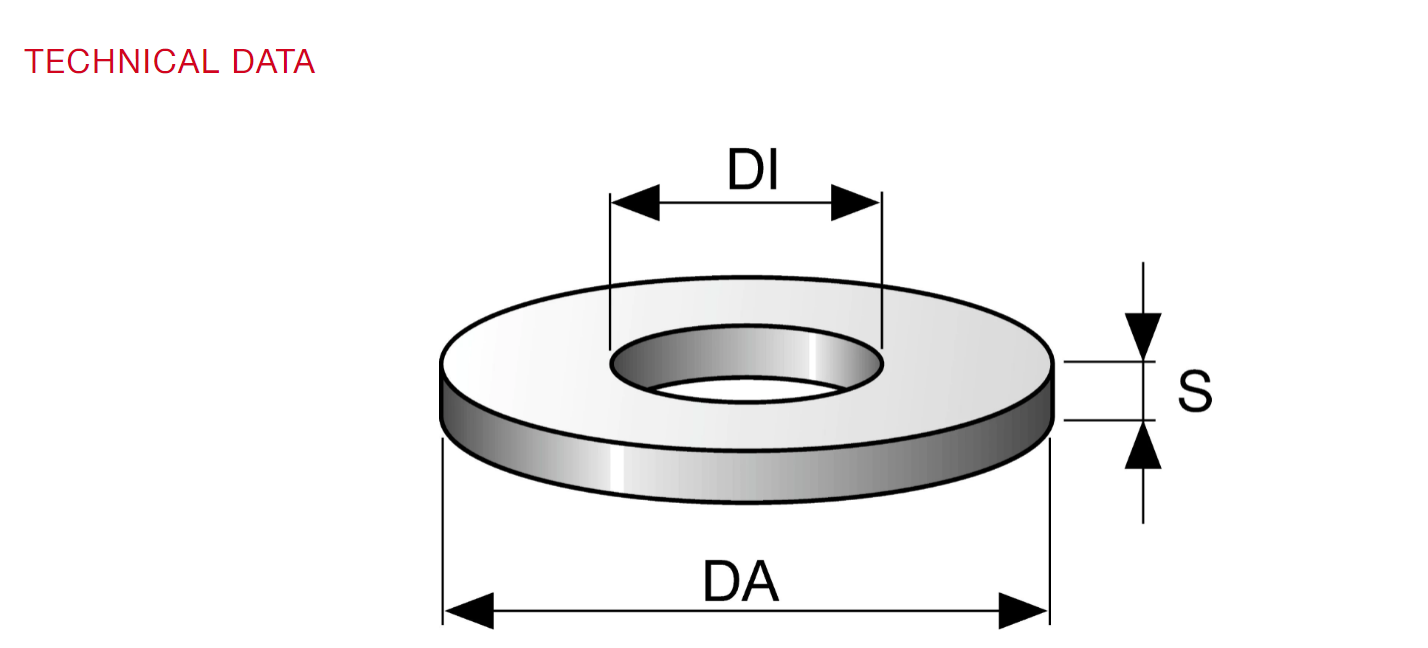Different Types of Drywall Screws for Export and Their Uses
Understanding Drywall Screw Types A Guide for Exporters
In the construction industry, drywall screws are essential fasteners used to attach drywall to wood or metal studs and other surfaces. With the growing demand for quality building materials globally, the export of drywall screws has become an increasingly lucrative business opportunity. This article aims to explore the various types of drywall screws, their applications, and considerations exporters should keep in mind when dealing with international markets.
Types of Drywall Screws
1. Standard Drywall Screws The most commonly used type, standard drywall screws come in coarse and fine threads. Coarse-thread screws are primarily used for attaching drywall to wooden studs, while fine-thread screws are designed for metal studs. The choice between the two depends on the specific materials being worked with, and understanding the nuances can help exporters provide tailored products to their clients.
2. Self-Drilling Screws These screws, also known as self-tapping screws, feature a sharp point that allows them to drill into metal without the need for a pre-drilled hole. This quality not only saves time but also enhances efficiency on the job site. Exporters should highlight the benefits of self-drilling screws, particularly in regions where metal framing is common.
3. Bugle Head Screws Recognized by their unique head shape that helps to reduce the likelihood of tearing the paper on drywall, bugle head screws are designed to sink into the drywall smoothly. When exporting, it's crucial to emphasize the importance of using bugle head screws for a finished look, as they provide a cleaner surface that requires less finishing work.
4. Finishing Screws These screws are used when a smooth surface finish is required. They often have a smaller head and provide an aesthetic advantage. Exporters focusing on high-end construction markets should consider promoting finishing screws, as they meet the demands of projects requiring a polished appearance.
5. Wood Screws vs. Metal Screws Understanding the differences between wood screws and metal screws is vital for exporters. Each type has its specific application; wood screws generally have a sharper point and wider threads, while metal screws are designed for strength and durability in metal connections. Exporters must ensure they are providing the right type based on their client’s needs.
Considerations for Exporting Drywall Screws
drywall screw types exporter

When navigating the export market for drywall screws, several factors should be kept in mind
1. Quality Standards Different countries may have varying standards for metal products. Exporters must ensure their products meet local regulations, which may include certifications or adherence to specific material grades. This commitment to quality can be a selling point in competitive markets.
2. Packaging and Labeling Packaging plays a crucial role in export. Adequate protection during transit is essential, and environmentally friendly packaging could be an attractive feature for many clients. Additionally, proper labeling according to international standards, including language considerations, will help avoid confusion and promote ease of use for end-users.
3. Market Research Before entering a new market, conducting thorough research is paramount. Understanding the regional demand for specific types of drywall screws, pricing strategies, and consumer preferences can help exporters effectively tailor their offerings. This research will also aid in establishing competitive pricing.
4. Shipping Logistics The logistics of shipping can complicate the export process. Exporters should ensure they partner with reliable shipping companies that can handle the intricacies of international logistics. Understanding tariffs, taxes, and trade agreements will also help manage costs and avoid unexpected expenses.
5. Building Relationships Establishing good relationships with local distributors and contractors can lead to repeat business and referrals. Networking at trade shows, industry conferences, and via online platforms can significantly boost an exporter’s visibility in new markets.
Conclusion
The demand for drywall screws is likely to continue growing as construction projects proliferate worldwide. By understanding the different types of drywall screws and adhering to best practices in exporting, suppliers can position themselves strategically within this sector. The focus on quality, customer service, and effective market research will ensure that exporters thrive in an increasingly competitive landscape. As the global construction market evolves, those who adapt and innovate will undoubtedly reap the benefits in the drywall screw export business.
-
Top Choices for Plasterboard FixingNewsDec.26,2024
-
The Versatility of Specialty WashersNewsDec.26,2024
-
Secure Your ProjectsNewsDec.26,2024
-
Essential Screws for Chipboard Flooring ProjectsNewsDec.26,2024
-
Choosing the Right Drywall ScrewsNewsDec.26,2024
-
Black Phosphate Screws for Superior PerformanceNewsDec.26,2024
-
The Versatile Choice of Nylon Flat Washers for Your NeedsNewsDec.18,2024










